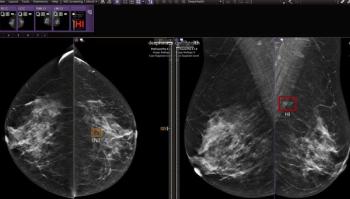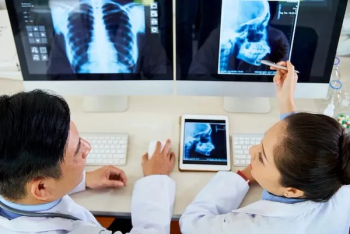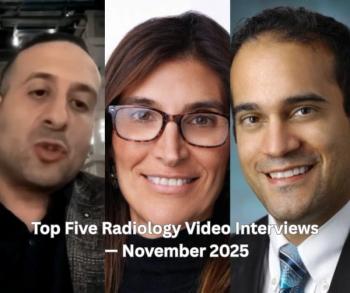
Cataract Risk for Nuclear Medicine Radiologic Technologists
Nuclear medicine radiologic technologists may be at risk for developing cataracts.
Nuclear medicine radiologic technologists may be at increased risk for developing cataracts, according to a study published in
Researchers from the United States and France performed a prospective study to estimate the risk of cataract in a cohort of nuclear medicine (NM) radiologic technologists on the basis of their work histories and radiation protection practices.
The researchers reviewed questionnaires from 42,545 U.S. radiologic technologists, completed during 2003 to 2005 and 2012 to 2013. The respondents provided information regarding their work histories and cataract histories. The mean follow-up was 7.5 years. Cox proportional hazards models, stratified according to birth-year cohort (born before 1940 or born in 1940 or later) and adjusted for age, sex, and race, were used to estimate hazard ratios (HRs) for the risk of cataract in radiologic technologists according to NM work history practices according to decade.
The results showed there were 7,137 incident cataracts reported during the follow-up period. There was a significantly increased risk of cataract among technologists who performed an NM procedure at least once over those who never performed such a procedure. The risks of cataract were increased in the group who had performed a diagnostic or therapeutic NM procedure, and the risks were higher for those who had first performed diagnostic NM procedures in the 1980s to early 2000s and those who had performed therapeutic NM procedures in the 1970s and in the 1980s to early 2000s. With the exception of a significantly increased risk associated with performing therapeutic NM procedures without shielding the radiation source in the 1980s, analyses revealed no association between cataract risk and specific radiation protection technique used.
The researchers concluded that there is an increased risk of cataract as observed among U.S. radiologic technologists who had performed an NM procedure at least once. They suggested that the association should be examined in future studies incorporating estimated lens doses.
Newsletter
Stay at the forefront of radiology with the Diagnostic Imaging newsletter, delivering the latest news, clinical insights, and imaging advancements for today’s radiologists.




























